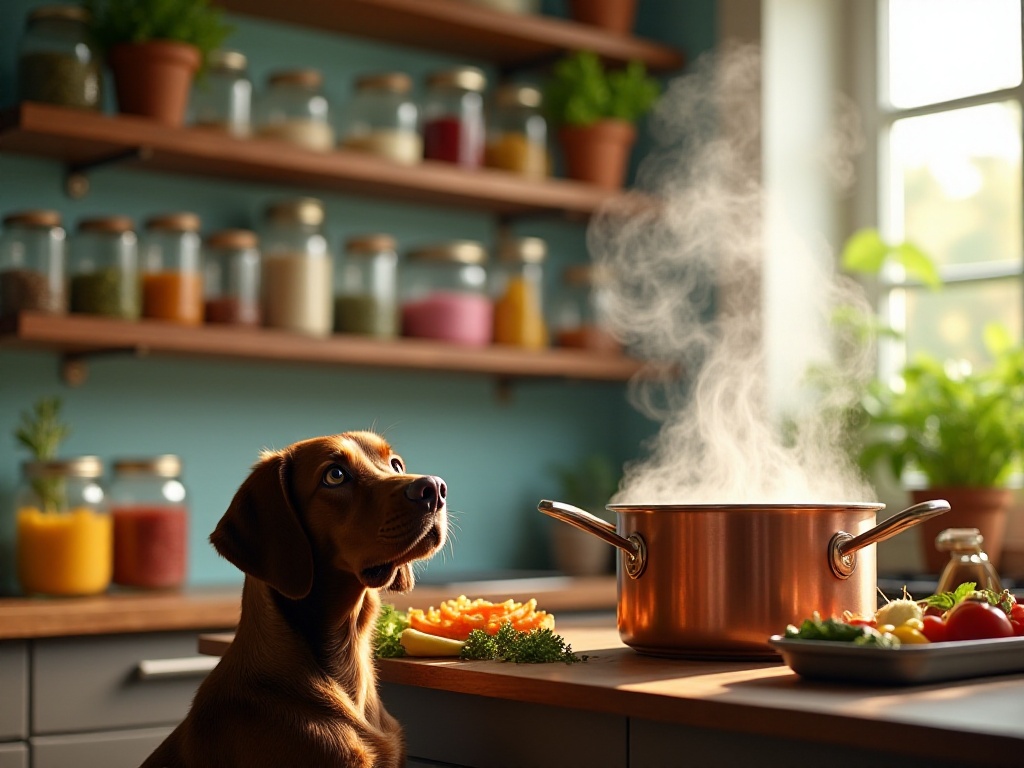Introduction
As someone who has kept pets for over a decade, I want to share some particularly useful pet care tips. These are practical experiences I've gained through years of hands-on practice, which can definitely help you avoid many pitfalls. I remember when I first started keeping pets, I was a complete novice who knew nothing and often searched online for guides. After years of exploration, I've finally accumulated quite a bit of practical experience, which I'd like to share with everyone today.
Regular Health Checks
To be honest, regular health checks are the most important aspect of pet care, and I really need to emphasize this point repeatedly. Many novice pet owners might think: "My pet eats well, sleeps well, and seems energetic, so there's probably no need for specific health checks?" However, in reality, many diseases have already developed to a rather serious stage by the time obvious symptoms appear.
Let me share my personal experience. My British Shorthair seemed perfectly normal in every way - eating, sleeping, everything was completely fine. However, during a routine check-up, blood tests revealed slightly abnormal kidney function indicators. Honestly, I was terrified at the time because there were no visible signs of discomfort. Fortunately, we caught it early, immediately adjusted its diet, increased wet food portions, and underwent targeted treatment under veterinary guidance. It has fully recovered now, but I shudder to think what might have happened if we hadn't done regular check-ups and had waited until symptoms appeared before going to the hospital.
For cats, it's recommended to have at least two check-ups per year. Young cats can do annual checks, but those over 7 years old should preferably be checked every six months. Check-ups mainly include basic examination, complete blood count, comprehensive biochemistry, etc. For outdoor cats, regular deworming and vaccinations are also necessary.
As for dogs, the check-up frequency is similar. However, it's important to note that different breeds may have different health concerns. For example, I previously had a Corgi, and because of their short legs, they're particularly prone to intervertebral disc problems. So during check-ups, I would pay special attention to its spine condition.
Additionally, it's recommended to choose a reliable pet hospital and stick to the same one for check-ups. This way, the doctor can better monitor your pet's health condition and easily access historical examination records. I previously switched between several hospitals, resulting in disconnected medical records, but things got much better after settling on one fixed hospital.
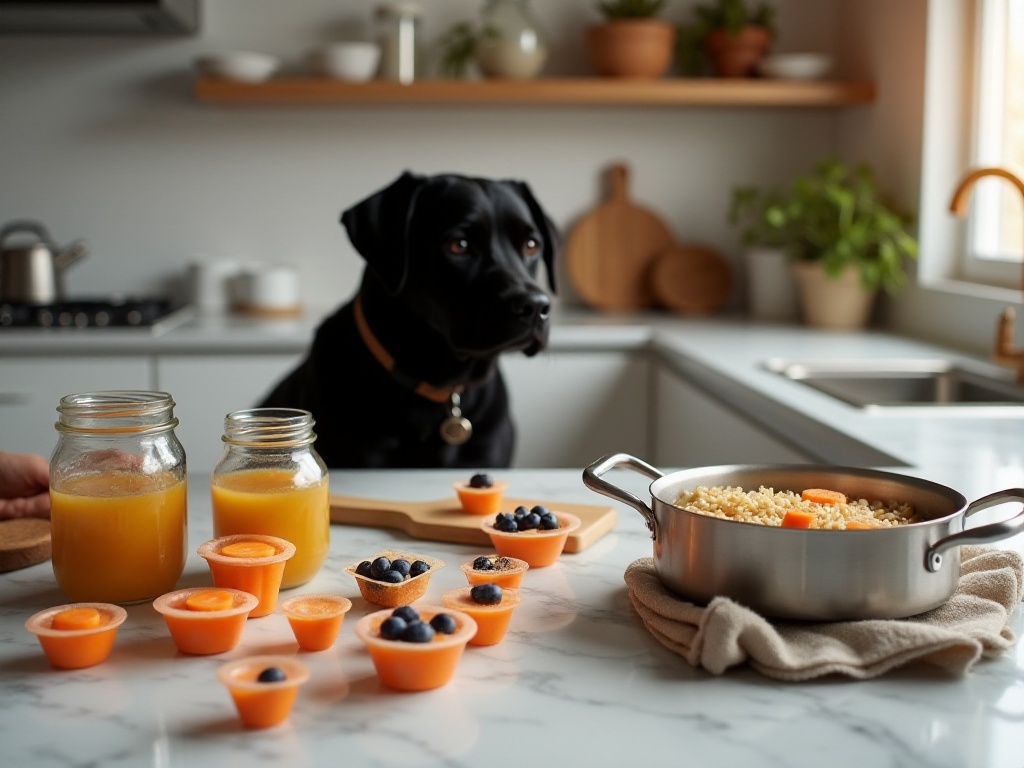
Dental Care Tips
When it comes to dental care, it's truly a love-hate topic. Initially, I didn't know I needed to brush my pets' teeth until during one check-up, the vet said my dog had mild tartar. Since then, I started researching how to provide oral care for pets.
First, let's talk about why brushing is necessary. Whether it's cats or dogs, their dental structure is similar to humans, and they can also develop plaque and tartar. Without proper oral hygiene, they can easily develop periodontal disease, which in severe cases can affect internal organs. I know a friend whose cat had such severe periodontal disease that it eventually needed full-mouth tooth extraction surgery, costing several thousand dollars, and more importantly, the cat suffered greatly.
So how do you brush your pet's teeth? Here I want to share some practical tips. First, you must buy specialized pet toothbrushes and toothpaste - human toothpaste should never be used on them. I recommend buying finger-sleeve toothbrushes, which are easier to control when worn on your finger. It might be difficult at first, as no animal naturally likes having their mouth pried open. My suggestion is to progress gradually, starting by getting them used to you touching their mouth.
This is how I trained my dog: I started by just touching its mouth, then rewarding it with treats. After it got used to that, I tried gently opening its mouth, continuing with treats. Only when it was completely comfortable did I start actual brushing. When brushing, be gentle and maintain the correct angle, preferably 45 degrees. Each brushing session shouldn't be too long, 2-3 minutes is enough.
Besides brushing, you can use auxiliary tools like dental chews and mouthwash. However, these are only supplements - the most important thing is to maintain regular brushing. I now brush their teeth every evening, and although it sometimes feels troublesome, preventing many diseases makes it truly worthwhile.
On this note, I want to specifically remind everyone that if you notice symptoms like bad breath, drooling, or pain while eating, you must seek veterinary care promptly. These could be signs of dental problems, and earlier treatment is better.
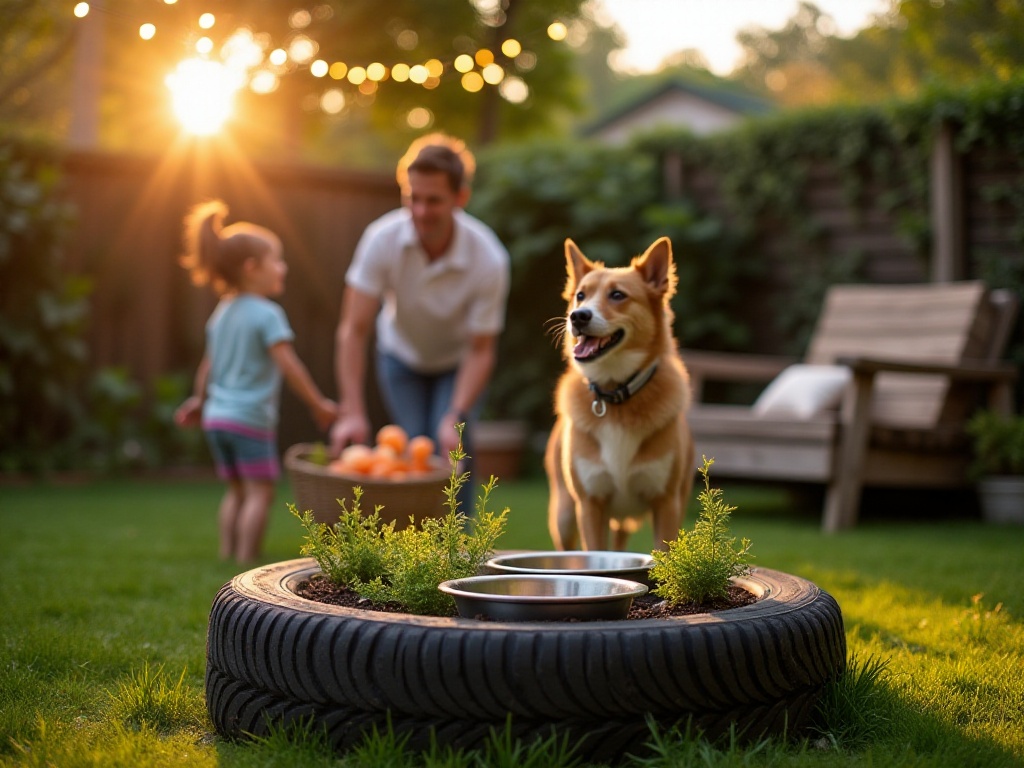
Nutritional Balance
The topic of nutritional balance could be discussed all day. Honestly, when I first started keeping pets, I thought they were just like humans - I could feed them whatever they liked. After professional learning, I realized that pets' nutritional needs are actually quite specific.
Let's start with cats' diet. Cats are typical carnivores and need lots of protein. Protein should make up 30-40% of their total daily caloric intake. Cats must also consume taurine, an amino acid they can't synthesize themselves - deficiency can lead to vision problems and heart disease. So when choosing cat food, you must check the formula to ensure it contains sufficient taurine.
This is how I arrange my cat's daily diet: The main food is high-quality cat food, given 3-4 times daily, with portions based on their weight. I also supplement with wet food because cats naturally don't drink much water, so wet food helps with hydration. For treats, I usually give some freeze-dried small fish or chicken breast jerky, but the amount must be controlled to no more than 10% of total daily calories.
Dogs' diets are even more complex because different breeds and age groups have different needs. Take my Corgi for example - they're particularly prone to weight gain, so when choosing dog food, I pay special attention to calories. I usually choose dog food with moderate protein content and lower fat content.
Besides main meals, hydration is also particularly important. Many people might not know that pets can also become dehydrated. Especially in summer, if you notice your pet looking lethargic or having decreased appetite, it could be dehydration. I suggest placing several water bowls around the house and changing the water frequently. For cats, it's best to buy a water fountain, as they naturally prefer running water.
Another important point is to pay attention to food freshness. Dry food should be sealed after opening and consumed within 3 months. Opened wet food should be refrigerated and consumed within 24 hours if not finished. The same goes for treats, especially meat-based ones, which can easily spoil from moisture after opening.
Regarding feeding, I must emphasize one point: never feed pets human food. Many seasonings are harmful to them - onions, garlic, chocolate are absolutely forbidden. I've seen people feed dogs chocolate before, which almost killed the dog - it's really dangerous.
Weight Management
Weight management is truly an eternal topic, affecting both humans and pets alike. I remember my British Shorthair - when she first arrived, she was a slim beauty, but after a year she became completely round. It was really troublesome because being overweight not only affects appearance but more importantly brings many health problems.
First, let's discuss how to determine if your pet is overweight. For cats, you should be able to feel their ribs, but they shouldn't be too prominent. From above, their waist should show obvious contraction. If these features aren't visible, they're likely overweight. Dogs follow similar standards, though specific criteria vary by breed.
I've summarized some practical weight control methods. First, strictly control food portions, feed at fixed times and amounts, and don't give in to their pitiful eyes and feed extra. Second, increase exercise - use wand toys or laser pointers for cats, and take dogs for daily walks.
A special mention goes to the method of replacing part of their main food with green peas. This method really works because peas are rich in dietary fiber, helping pets feel full while being low in calories. The specific approach is: mix cooked peas (remember, no seasoning) with their main food, gradually increasing the pea ratio. However, always consult a vet before adjusting their diet, as each pet's situation is different.
Weight loss requires patience and can't be rushed. It took my cat nearly half a year to lose weight, with frequent plateau periods. During these times, persistence is crucial - don't give up. Also, weight loss should be gradual, with weekly weight loss not exceeding 2%, otherwise it might affect their health.
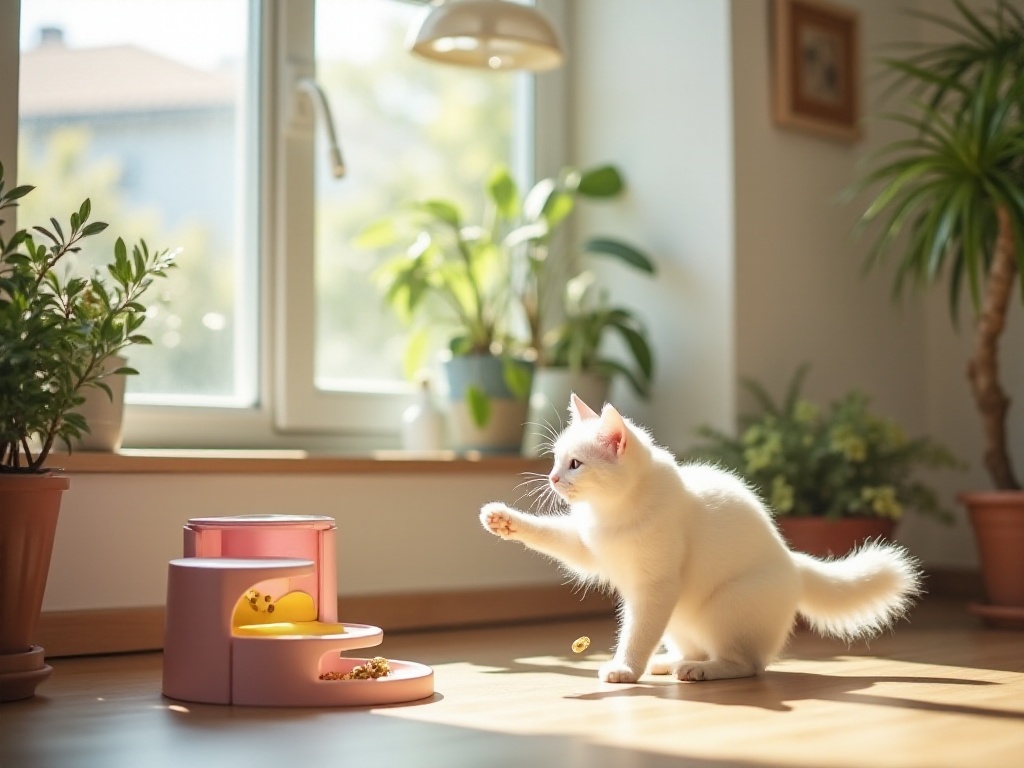
Odor Control Tips
When it comes to the most headache-inducing aspect of pet ownership, odor is definitely at the top of the list. This can be particularly troublesome for novice pet owners. However, after years of experience, I've compiled some particularly effective deodorizing methods.
First, let's talk about the baking soda and white vinegar method. This method is effective because baking soda neutralizes acidic substances, while white vinegar breaks down proteins. When pet urine accidentally gets on carpets or sofas, first absorb the urine with paper towels as quickly as possible. Then mix equal parts water and white vinegar, spray evenly on the urine spot. Finally, sprinkle a layer of baking soda, and once it's completely dry, clean it up with a vacuum cleaner.
Besides emergency treatment, daily prevention is also important. For litter boxes, I recommend scooping at least twice daily and thoroughly cleaning once a week. When choosing cat litter, pay attention to odor control effectiveness - I personally recommend tofu litter, which not only controls odor well but can also be flushed down the toilet, which is particularly convenient.
For dogs, regular baths are essential. However, note that you shouldn't bathe them too frequently as it can damage their skin's protective layer. Generally, depending on breed and living environment, bathing once every 1-2 months is sufficient. Always use specialized pet shampoo - human products are too harsh for them.
Home environmental hygiene is also important - frequently open windows for ventilation and regularly clean areas where pets frequently stay. For households with cats, it's advisable to have several scratching posts, as cats mark their territory through scratching - if you don't provide appropriate places, they might scratch furniture.
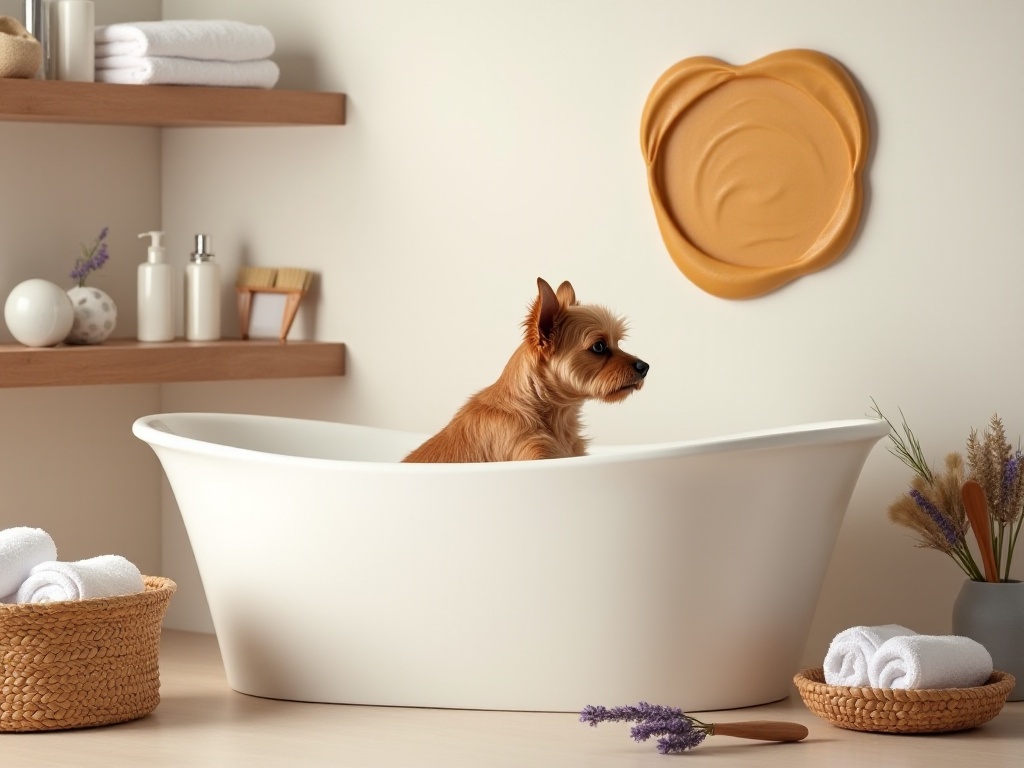
Creative Play Ideas
After discussing these "hardcore" care tips, let's talk about something lighter. Actually, the most enjoyable part of pet ownership is playing with them. Through some creative play methods, you can not only make pets happy but also train their intelligence and physical abilities.
First, let's talk about the tennis ball in food bowl method. This method is particularly suitable for dogs who wolf down their food, as eating too fast can cause indigestion and in serious cases could lead to gastric torsion. Putting a tennis ball in the food bowl forces them to eat around it, naturally slowing them down. However, make sure the ball size is appropriate - it shouldn't be small enough to swallow.
Summer "ice cream" toys are also a great idea. I usually freeze their favorite treats or toys in ice cubes, so they have to figure out how to get the treats out. This game not only helps them cool down in hot summer but also trains their patience and intelligence. However, be careful not to give too many ice cubes at once to avoid irritating their teeth.
For cats, the simplest toys are often the most popular. A wand toy or a small ball with a bell can keep them thoroughly entertained. I also hide treats in various places for them to find, satisfying their hunting instincts.
Another interesting discovery is that many pets actually enjoy playing hide-and-seek. I often hide in different places around the house and call their names. Watching them search for me is particularly cute, and this kind of interactive game is especially helpful for bonding.

Conclusion
Keeping pets is truly both interesting and challenging. They're like our children, requiring lots of love and patience. But when you see them healthy and happy, all the effort is worth it.
I hope these tips can help more pet owners. Actually, keeping pets isn't that difficult - the key is putting your heart into it. Regularly observe their condition and address problems promptly, and you too can become a competent pet owner.
Finally, I particularly want to say that each pet is a unique individual with their own personality and habits. So when caring for them, adjust methods according to their characteristics. Don't rigidly apply methods - learn to observe and summarize.
If you have any particularly useful pet care tips, welcome to share them in the comments. Let's exchange ideas and improve together, so our furry children can live better lives.
Related articles




